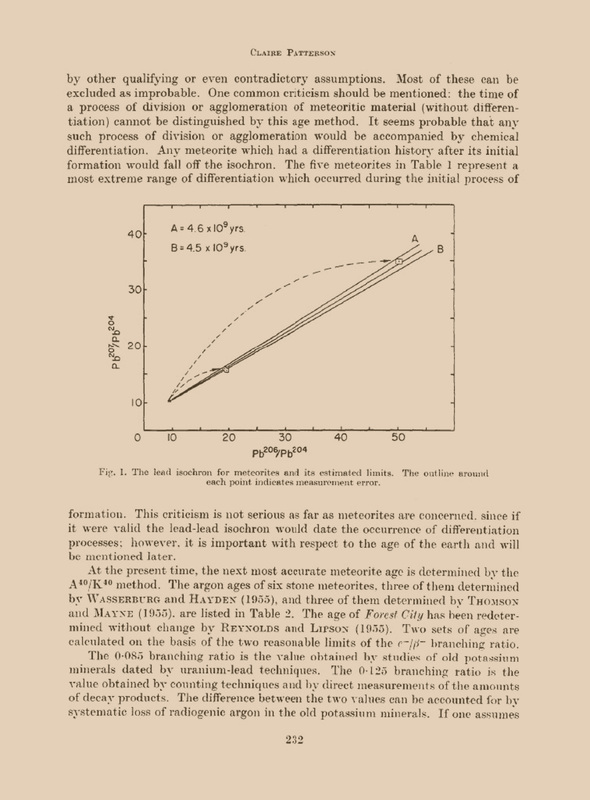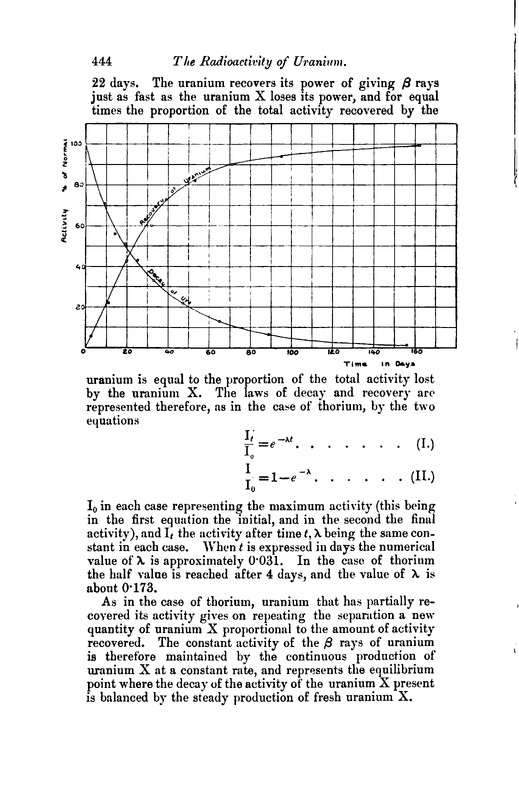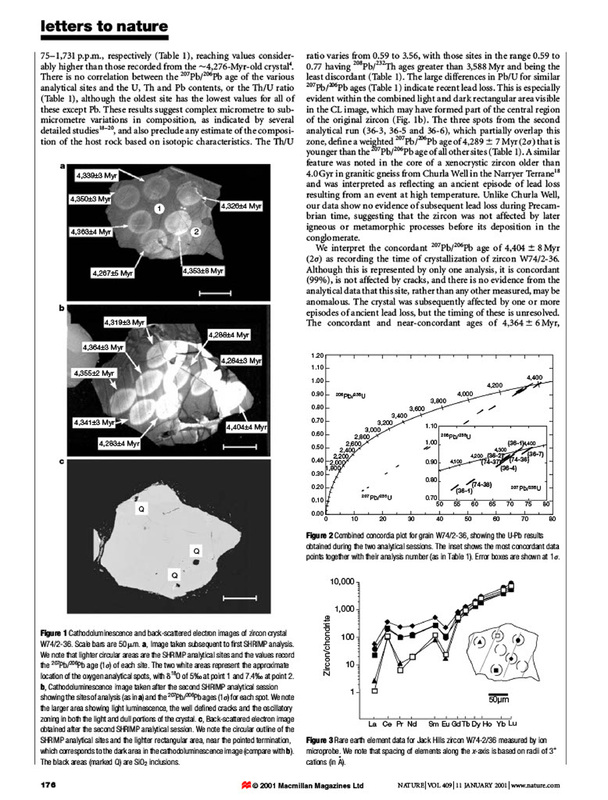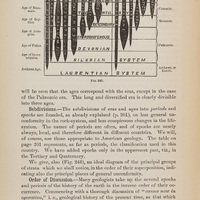Exhibit Contents
- In Search of Lost Time
- Radioactivity and the Science of Geochronology
Radioactivity and the Science of Geochronology
The year 1905 featured the publication of the very first radiometric age. Ernest Rutherford measured the amount of radioactive uranium and helium, uranium’s “daughter product” (i.e., the element produced from the decay of the uranium “parent”), present in the mineral fergusonite, to arrive at an age of 500 million years. This number was stupendous and represented an age that clearly refuted the earlier calculations of Lord Kelvin, while also affirming the inferences of previous generations of geohistorians that the Earth was incredibly old. Although fergusonite was just one mineral in one specific location, the work of Rutherford ushered in a new era of research that focused on measuring the atoms and elements locked inside minerals to put absolute ages on rocks and regions. Once Rutherford revealed the power of radioactive elements for constructing chronologies, the promise of measuring the true age of the Earth was within sight.





